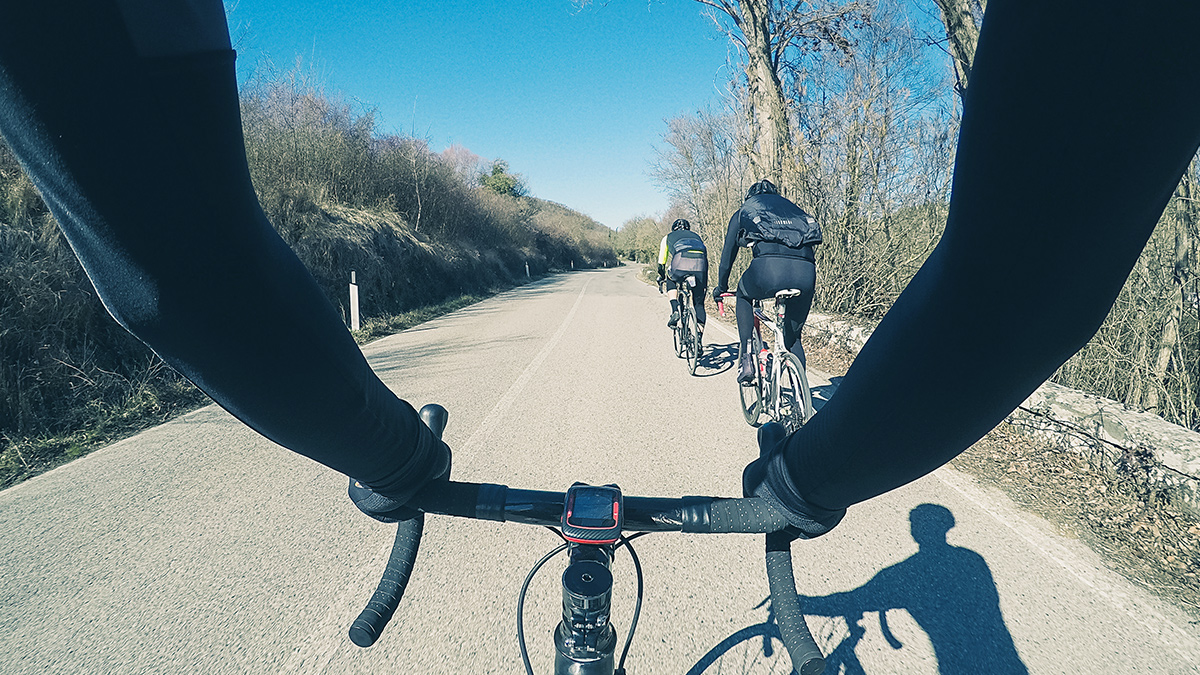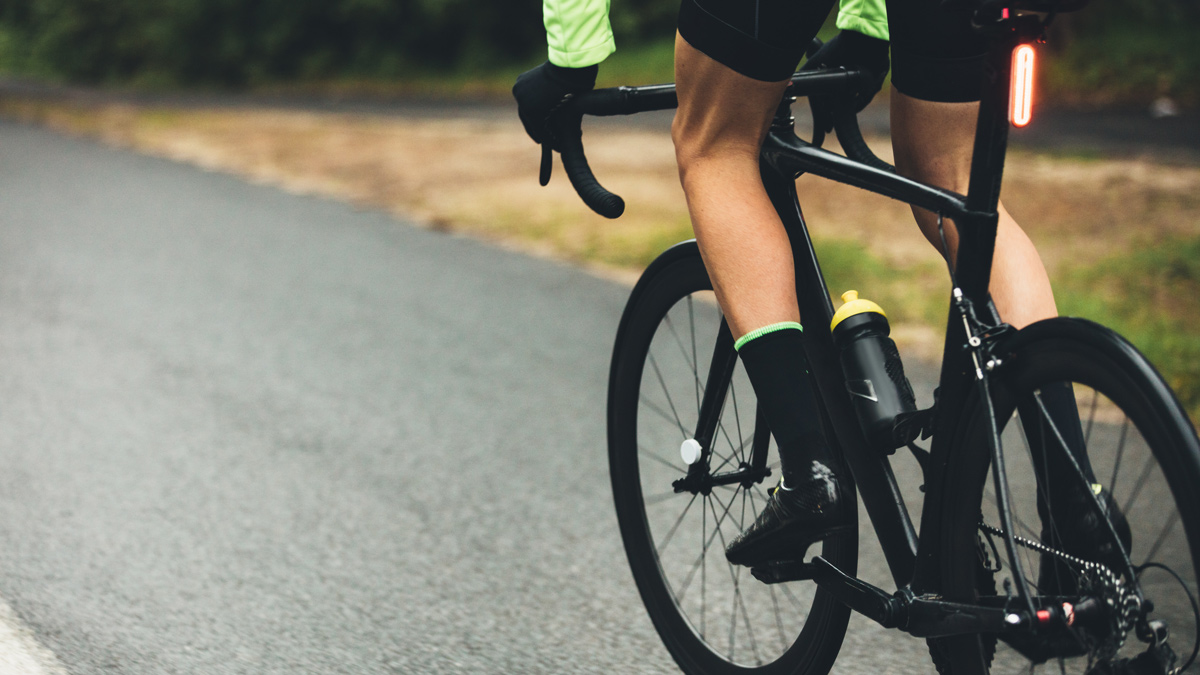As racing season approaches, your training will need to include more specific workouts in terms of intensity. One of the big questions in training is about the allocation in the program of high-intensity sessions. How much time is needed to recover from these sessions? And when can you do another one?
This topic is fairly complex, with variables that are difficult to control. We are all different and the same workout will likely impact one athlete differently than it would impact another. Even for the same athlete, a very wide range of factors (like seasonality, environment, and recovery status) can cause different adaptations, even if the workout is the same.
However, some guidelines should be considered and applied in order to reduce the risks of pushing too hard or too soon after a high-intensity workout. Similarly, it’s important to avoid having too much recovery before your next high-intensity session. The intensity level of each workout is the major factor to consider when planning several high-intensity workouts over a span of days. So, let’s keep things simple and start there.
Workout Intensity Levels
| Level | Name | Range of effort | RPE* |
| 1 | RECOVERY | Warm-up / enter reps and sets / cool down Recovery sessions by itself | 1-2Very Easy |
| 2 | ENDURANCE | Continuous workouts. The upper limit is intensive and very similar to race perception for Long Distance Triathlon | 3-4Moderate |
| 3 | THRESHOLD | Average HR, Power and Pace for 40’-60’ max. steady FTP for cycling is the more common measure | 5-6Hard |
| 4 | VO2 MAX | Can be sustained for 5-8 minutes max. Typical 2-3k Maximal run field test is an effective reference | 7-8Very Hard |
| 5 | ANAEROBIC | Under 1 minute max. Speed. Lactate Production / Lactate Tolerance | 9-10Max. |
*Adapted from 0-10 Borg Rate of Perceived Exertion Scale
Recovery Times Based on Workout Intensity
From the graphs below, we can easily visualize the time needed to recover when a different high-intensity workout is applied. The time needed to recover depends on the level of intensity you have planned to develop next.
*Adapted from Bompa
| Level of Intensity | Threshold Recovery Time | VO2max Recovery time | Anaerobic Recovery Time |
| THRESHOLD | 48 – 72h | 24 – 36h | 6 -12h |
| VO2 MAX | 6 – 12h | 36 – 48h | 24 – 36h |
| ANAEROBIC | 12 – 24h | 24 – 36h | 48 – 72h |
Just because a workout has a higher intensity doesn’t mean you need a longer recovery period. Threshold workouts with a duration of around one hour in total are, in fact, the most demanding in terms of recovery time. The mechanical impact of these workouts is smaller compared to VO2max or Anaerobic workouts, but the energy cost is high, leading to very high glycogen depletion that requires longer recovery times to enable energy stores to be replenished.
In terms of anaerobic workouts, the duration of recovery is variable. If the workout aims to develop speed (with repetitions under 10 seconds), recovery should be very fast because the energy cost is low. But if the workout is about lactate production or lactate tolerance — with repetitions around 30 seconds or one minute, respectively — then recovery times will be longer.
The influence of different activities is another important aspect to be considered. If different muscles are used in different activities, you’ll still be able to perform well in each. But if the same muscles need to be used during consecutive sessions (e.g., doing a heavy lower-body weight lifting session before doing a sprint workout in cycling), your performance will be more affected and recovery time will be longer.
An important note for triathletes: The triathlon community has widely accepted the fact that performance on the bike is not highly influenced by the swim; however running performance is highly related to the effort and energy spent on the bike. Therefore, it is acceptable to plan a hard swim before a hard bike or run on consecutive days or on the same day, but advisable to respect the proper recovery times for the run and bike sessions — unless the goal is to cause consecutive stress.
When to Plan Consecutive Intensity Workouts
Triathletes need to include consecutive high-intensity workouts in their training plan to develop the needed specificity of non-stop swim-bike-run. This planning method is not unique to triathlon, however, and is also used in other sports. In marathon training, for example, I recommend some consecutive threshold and long marathon pace sessions, as long as the athlete is in an advanced stage of their training and has logged the required base miles.
As an example, we can plan a 90-minute to two-hour run on one day, with 4-6 X 8-15 minutes at threshold pace with two to five minutes of active recovery, trying to reach 50 to 60 minutes of total threshold duration. The next day, I will ask the athlete to complete a progressive long run of two to three hours, entering into marathon race pace or very close to it for the last hour. The objective is to try to run on a very specific race pace on day two after having induced glycogen (energy) depletion on day one.
How to Plan Intensity in Regular Training
If you use intensity as the starting point of your planning, you’ll have a full vision of the recovery you’ll need. My advice is to allocate all your high-intensity sessions first on your training plan. Once you have one to two weeks of intensity workouts planned, you can add in recovery sessions according to the high-intensity ones. You can then use endurance sessions to fulfill your planned training volume.
This is just a planning exercise, and you don’t need to follow it rigidly. The perception and real impact of each session should be your guide in adapting the initial plan. That said, as a rule of thumb, don’t pile up hard sessions, and respect the needed recovery times! This will help you avoid injuries and enjoy more of your training.









